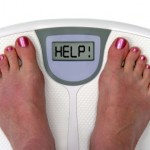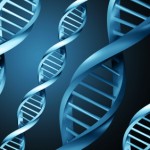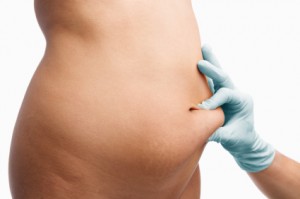High blood pressure, commonly called hypertension by physicians and other medical professionals, is a major problem in the united Sates, Canada and Europe. The numbers are staggering; roughly 30% of the adult population in the US and Canada, over 405 in a survey done in six European countries.
Why is this connected to diet? The incidence figures have gone up over the past twenty years and are most likely closely tied to the increased weight in members of our Western civilization. The consequences of poorly controlled hypertension are dire: strokes, kidney disease, cognitive impairment and heart problems are all more likely in the hypertensive group.
So what came first, the high blood pressure or the increased weight? And what can we do about hypertension?
I read an article in thew June 3rd, 2010 edition of The New England Journal of Medicine (NEJM 362:2102-2112) and then read a host of comments to the editor that were published in October 2010.
The article itself was something I saw mentioned in the "Harvard heart letter." It seemed fairly straight-forward at first. The two authors, Dr. Frank M. Sacks and Hannia Campos have published lots of research articles together; one is a physician and a senior Harvard professor; the other a PhD and a member of the Department of Nutrition at Harvard. This time they focused on hypertension, beginning with a breif case study, then telling us the astounding figures about high blood pressure and it's consequences.
It isn't just a BP of 140 over 90 and above; any blood pressure over 115 is associated with all those medical problems. Worldwide, according to Sacks and Campos, that level of blood pressure, 115 and above, is the most important determinant of the risk of death. In the cardiovascular arena alone it's a major factor in over seven and a half million deaths a year.
So Sacks and Campos looked at three major factors in this problem: eating a healthy diet, cutting body fat and decreasing salt intake. Once again a diet rich in fruits and veggies, along with low-fat dairy, fish, nuts and poultry were their answer. They looked at the DASH study (Dietary Approaches to Stop Hypertension) and subsequent diet-therpay studies, mostly those with reduced salt being a major component.
Their conclusions were along the lines I had suspected: people with high blood pressure should reduce their salt intake, eat fish, nuts and legumes instead of red meat, consume more fruits and veggies insated of desserts, eat whole grain products, use healthy oils (olive, canola, soybean etc.) and stay away from juices as substitues for whole friuts.
Well, we do that now, I thought. Then I read the letters to the editor. I've already written a post on iodized salt, but another letter wanted Sacks and Campos to mention the benefits of more potassium in the diet, quoting a study that showed a 50% reduction in the need for BP meds with increased dietary potassium. That one I'd leave up to your own doc; I agree with the general premise...as long as you don't have significant kidney disease.
One of the other letters focused on dietary sugar and sugar-sweetened beverages, with a recent, but not randomized and controlled study, saying that cutting sugar intake lowers blood pressure. And one group of docs didn't seem to have the time for all that; they'd just start the patient on BP meds.
Whew! That was a bit of information overload. I think what I carried away was a lesson learned over and over; we're too fat as a civilization and eat the wrong things. That's unhealthy in many ways. It's time to make a change in both spheres.





